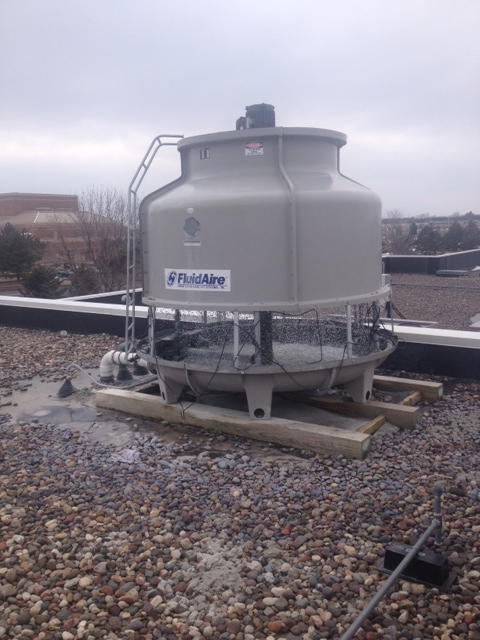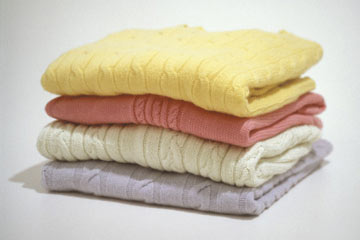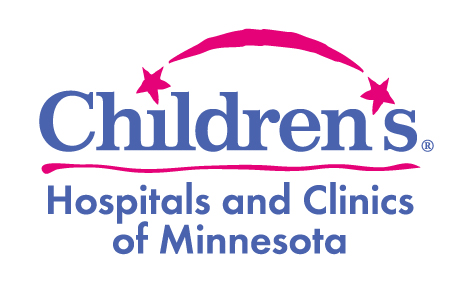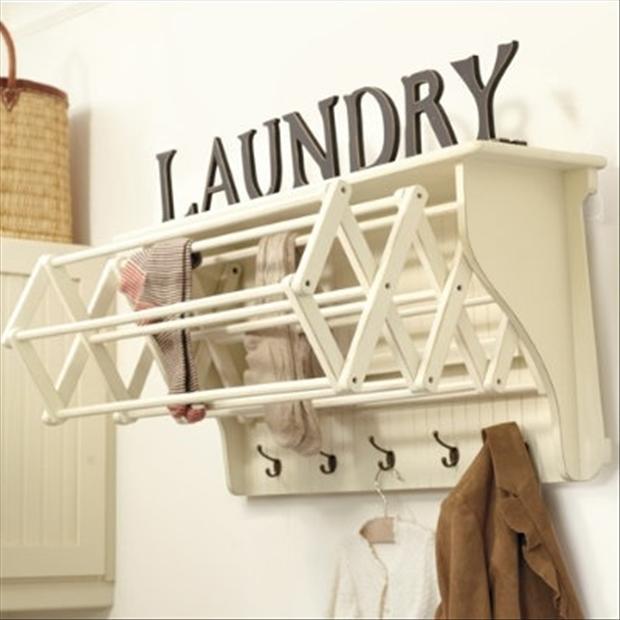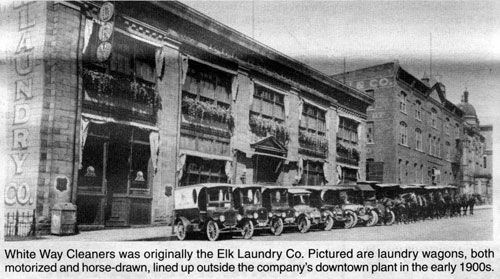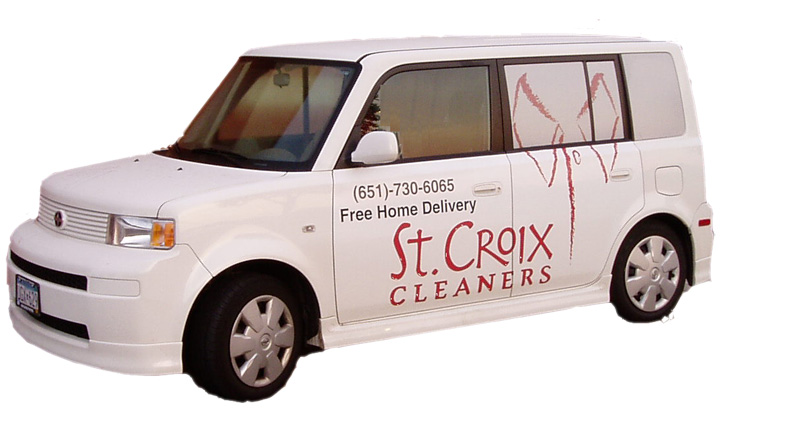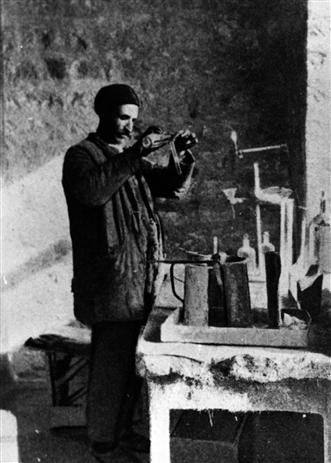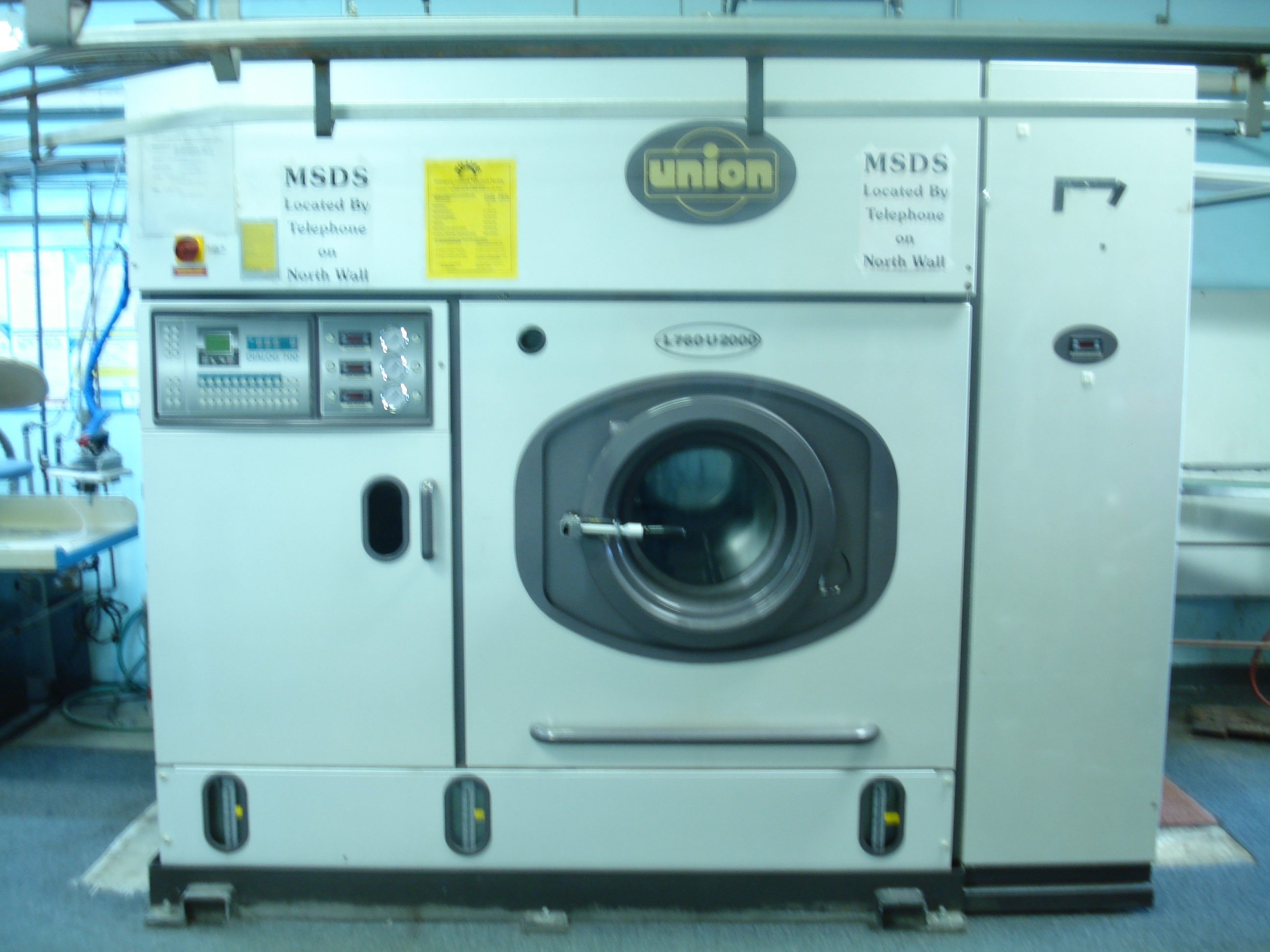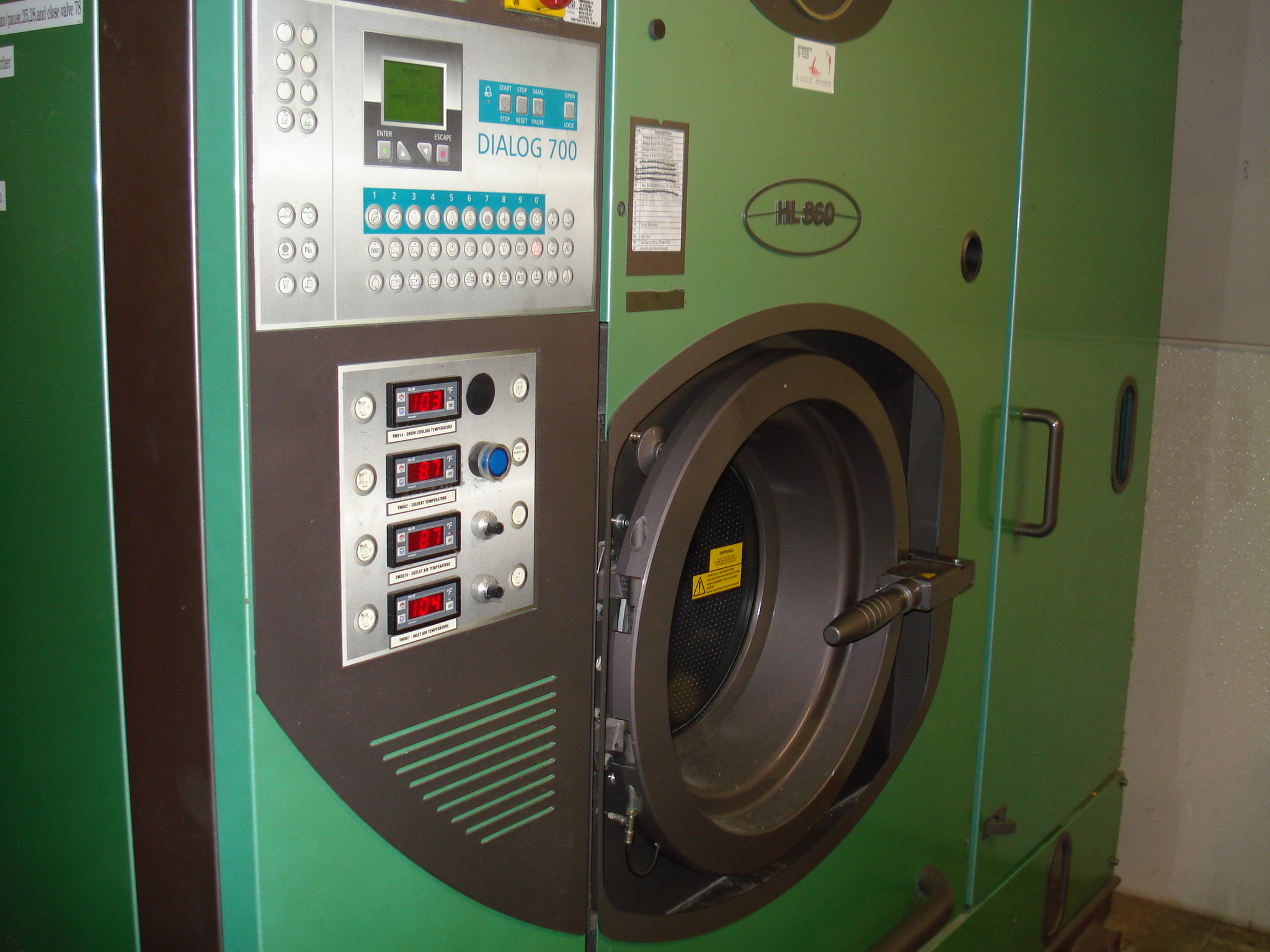Stubborn Stain Tips!
WATCH: Kare11 – Stubborn Stain Tips
Kelley Nemec from St. Croix Cleaners joined us with the dirt on stains and how to get rid of them. Here are some of her top tips.
Nylon sock: Deodorant’s worst nightmare
Rub the nylon sock lightly over the deodorant marks or foundation to remove the top layer of the stain before it blends into the fabric.
You can still wear the garment for the day, but make sure to clean it soon after, as remnants of the stain may still remain.
Dish soap: Grease’s toughest competitor
Create a solution with the following: 1 pinky’s dip worth of dish soap (the original Dawn works the best!) + 1 to 2 cups water
Flush the stain with this solution (do not just use straight dish soap). Then dab, do not rub, the stain.
Flush with water once more.
If the garment will still not come clean, bring it to the professionals!
Ice cubes: Red wine remover
Treat a red wine stain immediately by placing a paper towel under the garment’s stain Gently dab an ice cube on the top After a few minutes, place a paper towel on top of the stain and pull the stain away!
Vacuum brush: Increases longevity of your garments
Next time you’re vacuuming, take an extra few minutes and vacuum your clothes with a vacuum brush.
Dust finds its way into your closet and settles on your clothes, causing fume fading (color loss) of colored garments and browning of white garments.
By removing this dust, your garments will store and keep their color much longer.
AVOID using stain sticks or DIY stain removing tips found on the Internet. Every stain and fabric is different and some of these “fixes” can actually damage your clothing!



